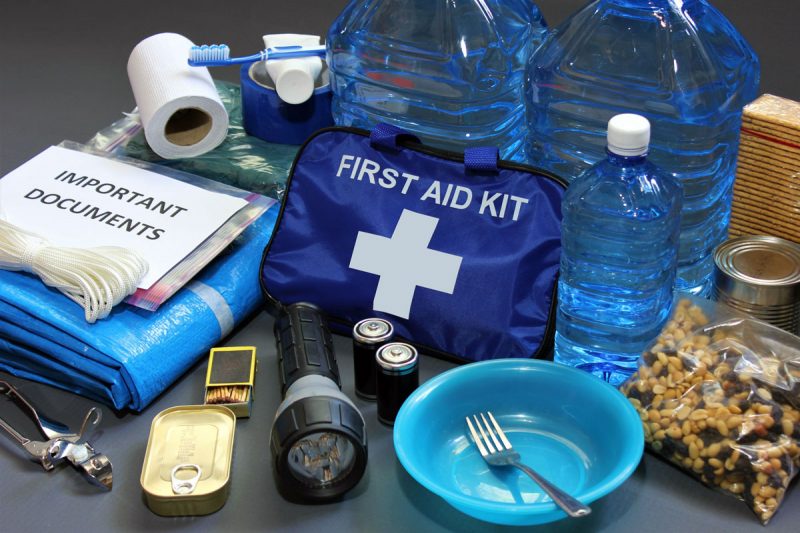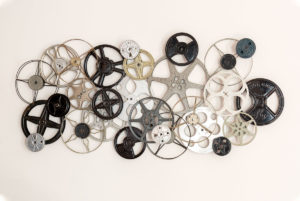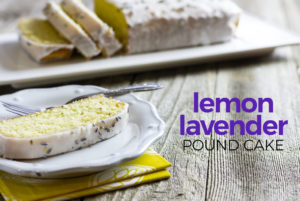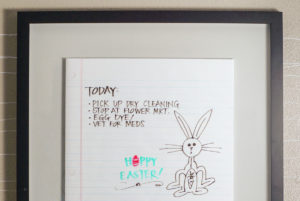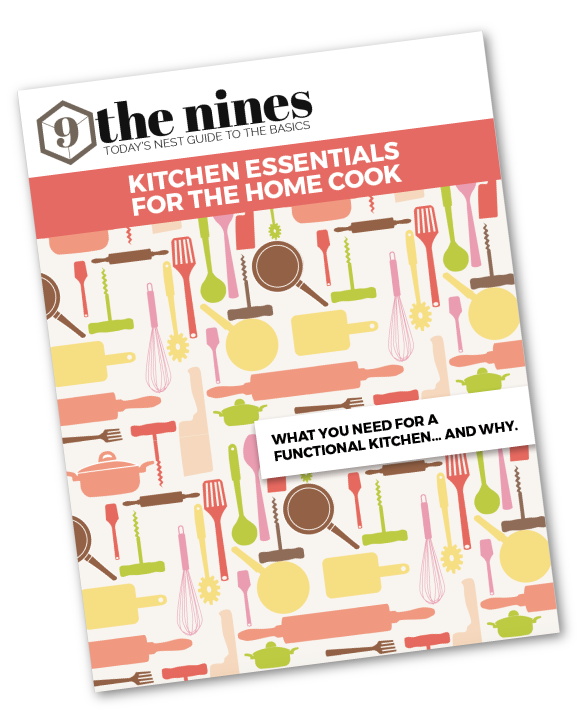The disaster in Japan is both beyond comprehension and beyond words. Our hearts go out to the families and loved ones desperate to find one another and to begin rebuilding the lives they once knew. This disaster has shown the spotlight, yet again, on being prepared. The Japanese take disaster preparedness very seriously and practice a series of drills that include preparing for a catastrophe. I think we do little more than prepare for fires and tornadoes here. According to FEMA statistics, the U.S. has experienced an average of 50 natural disasters each year in the last decade, amounting to more than 560 total.
With disasters being experienced around the world, as well as at home, how prepared are you? For me, making an “In Case of Emergency (ICE)” kit has been carried over from one ‘to do’ list to another since Hurricane Katrina. You would think having two small children would have driven me to get it done, but this recent disaster seemed to really drive it home… finally. A kit list and a few must-dos follows.
savour… an ounce of prevention
ICE KIT (BACKPACK)
- Crank radio/flashlight combo
- First Aid Kit
- Water – 1 gallon per person per day for at least 3 days
- Food – non-perishable for at least 3 days
- Whistle to signal for help
- Dust mask – 1 per person
- Thermal blankets – 1 per person
- Plastic sheeting & duct tape (to shelter in place)
- Firestarter or waterproof matches
- Moist Towelettes, plastic bags (grocery bags will do), toilet paper, twist ties (personal sanitation)
- Wrench or pliers or multipurpose tool
- Local map
- Compass
- Small vial w/ dropper of chlorine bleach (basic bleach, no additional soaps, color-safe, etc.)
- Pet food/water for your pet(s) for at least 3 days
- Money/change/traveler’s checks in a waterproof container
- EFFAK in a waterproof container (Emergency Financial First Aid Kit (EFFAK)
- Additional Items (to be stored in a tote)
- A set of clothes to include long sleeves & a light jacket for each person
- Paper & pencil
- Small activities and/or personal items for children
- Infant formula & diapers
- Medications & glasses
- Important family documents
- Feminine supplies & other small personal hygiene items (toothbrushes, toothpaste, mouthwash)
- Mess kit: plastic plates, plastic silverware, paper towels, disinfectant spray
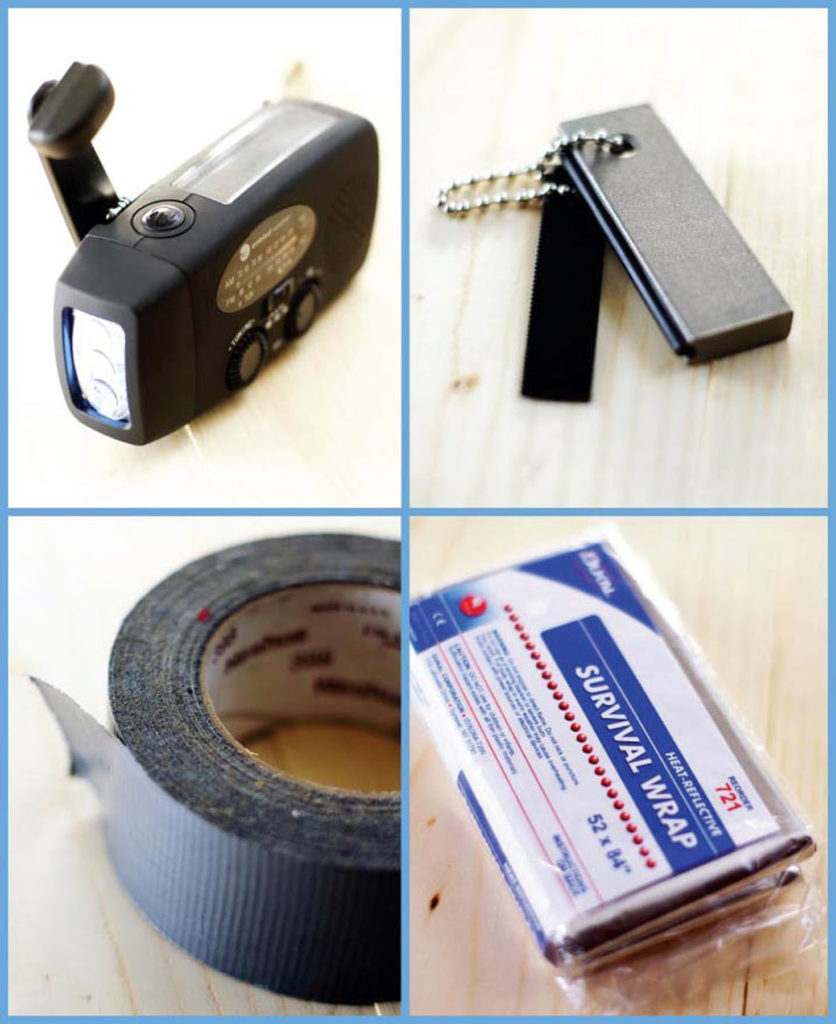
Take time to email yourself the following items and/or store them on a flash drive that is attached to your emergency whistle or a keychain located in your emergency kit. Print your Emergency Financial First Aid Kit and store it in a waterproof container in your kit for quick access. Update this document as often as necessary to keep it current. Keep it saved to your desktop and at least review it yearly.
- Doctor’s contact information
- Dentist contact information
- List of medications & indications
- Important contacts & numbers
- Passwords (encrypted file only & never with account numbers)
- Accounts & Account numbers
- Scan important documents – insurance policies, DD214, shot records, driver license, social security card, passport, etc.
More to consider:
Develop an ICE plan with your family. What will be your escape plan in case of fire? What will you all do in case of a tornado? Hurricane? Where is your rally point in case you are separated? Who is your first point-of-contact after you touch base with each other? Make sure to educate children, the elderly, and the disabled on the plan and practice it at least once a month.
Put an ICE phone number in each of your cell phones and identify it as such, if it isn’t already so identified. My cell phone has it at the top of my contact list with multiple number options. This is especially important for children, teens, and young adults carrying cell phones.
This next idea may be somewhat controversial, but I’ve given this one a lot of thought. ID bracelets and other ID type cards for children were discouraged because it was thought to provide too much info for predators and perhaps make our children more vulnerable. Kids, adults too, wear all sorts of “rubber” bracelets from Live Strong to Keep A Breast, so why not use this to our advantage. Using whatever bracelet you and your family wear and using a sharpie print contact info or other pertinent info.
Additionally information can be found at the following sites:

